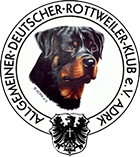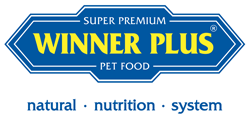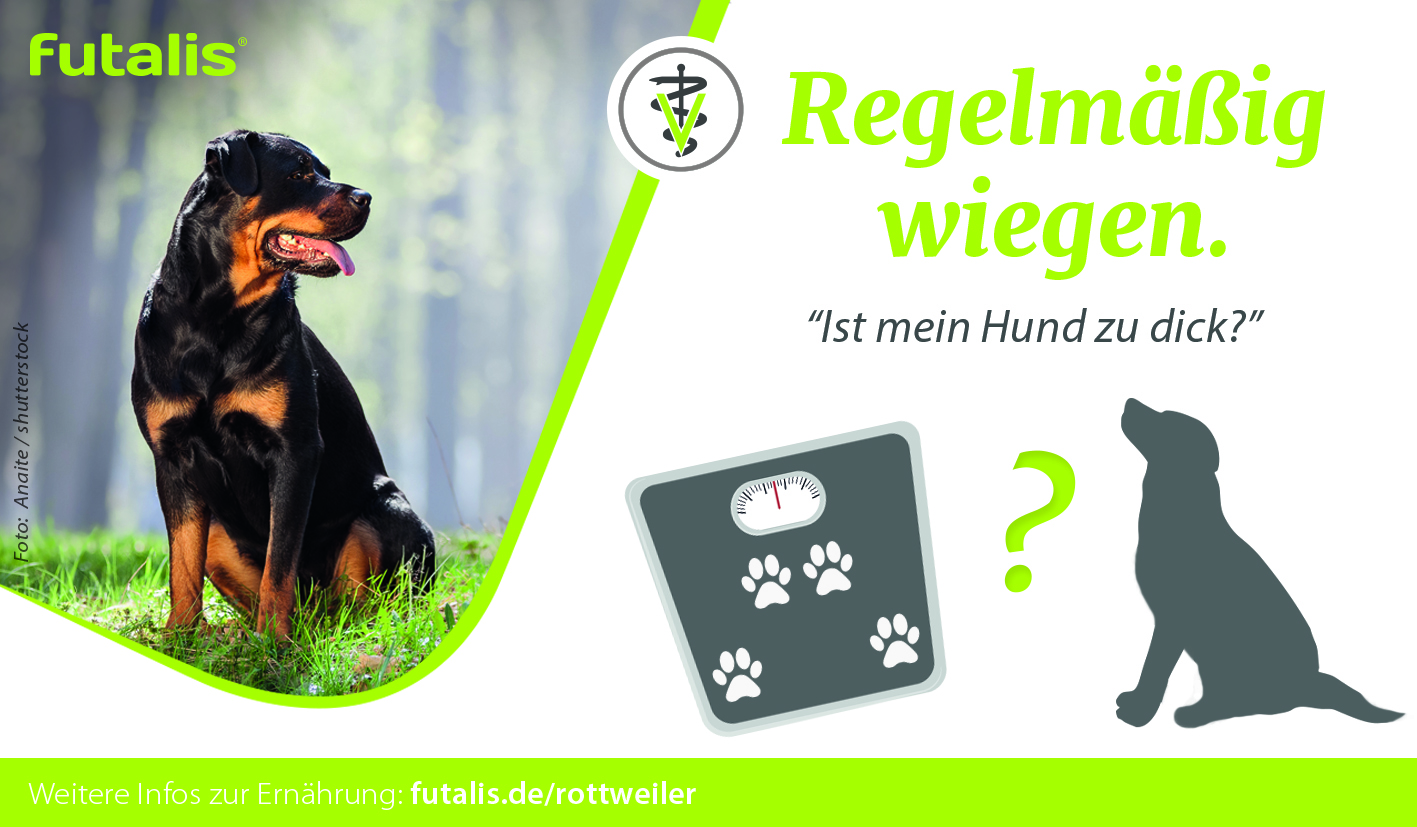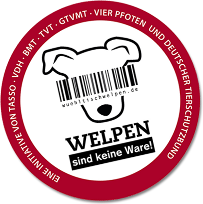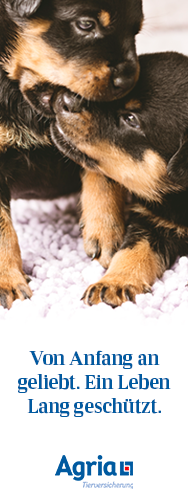| ADRK |
| Allgemeiner Deutscher Rottweiler-Klub e.V. |
My dog weighs 1 kg more than a month ago. Should I put him on a diet now?
In general, the goal should always be to maintain the ideal weight. However, this can fluctuate within certain limits without having to be equally overweight. Smaller fluctuations of about 5% of body weight are to be regarded as normal, as they can also be associated with the intake of food or water and the weaning of faeces or urine.
If, however, a clear tendency in one direction shows up over a certain period of time or the normal fluctuation range is exceeded, one should become active. If the dog is still just ideal weight, a reduction of the energy supply by about 10 % is usually sufficient to stop a further weight gain. One can for example clearly limit the treats or deduct the quantity from the staple food. Chewing items can also lead to an oversupply of energy. All gifts a dog receives should therefore be checked to see whether they are really necessary.
If, however, the dog is already overweight, a reduction diet should be introduced in order to reach the ideal weight again. This is at the latest with a weight increase of 10% over the ideal weight the case, since one speaks then already of a beginning Adipositas (obesity). A reduction diet involves a significant reduction in energy intake of 30-40 %. This can usually only be achieved by changing to a special diet feed so that the amount of feed does not decrease too much and so that the nutrient supply is secured. In dogs with a tendency to be underweight, these principles can be applied in reverse.
In order to prevent such drastic restrictions, it makes sense to weigh the dog regularly and to check its nutritional condition so that one can intervene at an early stage. For dogs that tend to be overweight or underweight, checkweighing is recommended at least once a month. In the case of changes in diet or activity, a weekly checkweighing may even be advisable. For many dogs, however, it is sufficient to weigh them about every 6 to 12 months. In addition, the body can be palpated for excess fat or protruding bones to check the nutritional status. During regular visits to the vet, you can then have a professional assessment carried out once again and have the checkpoints shown to you.
